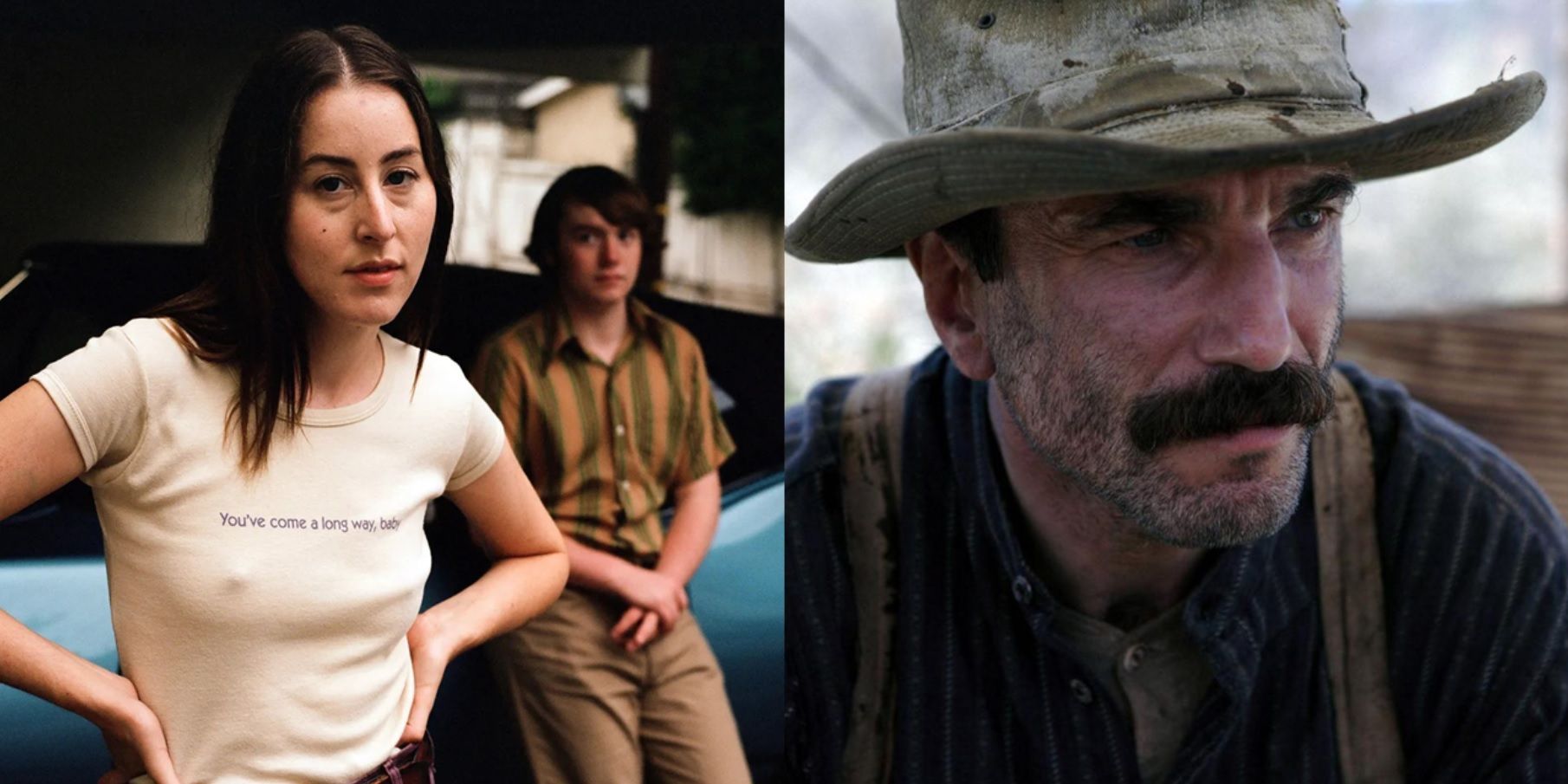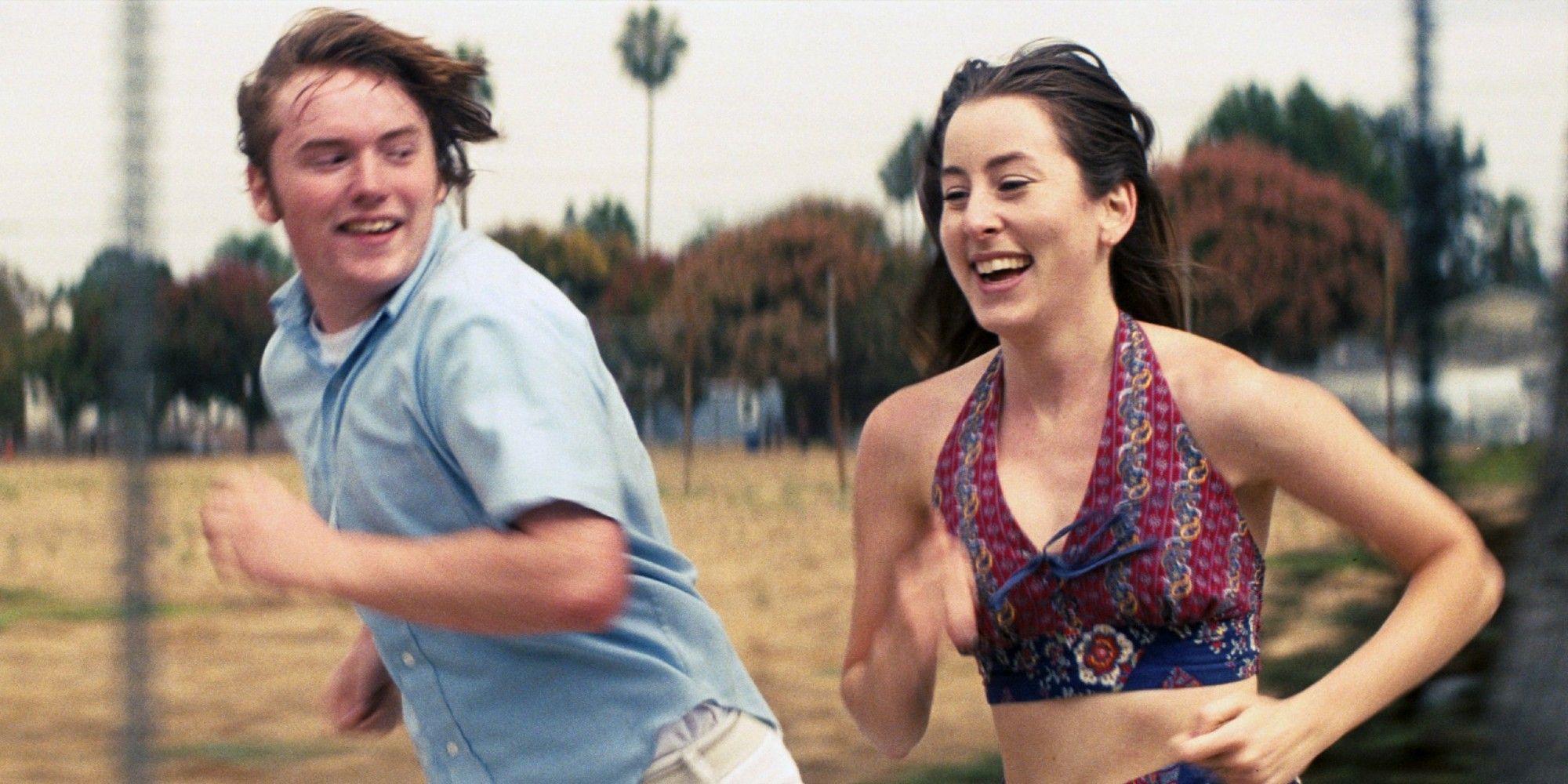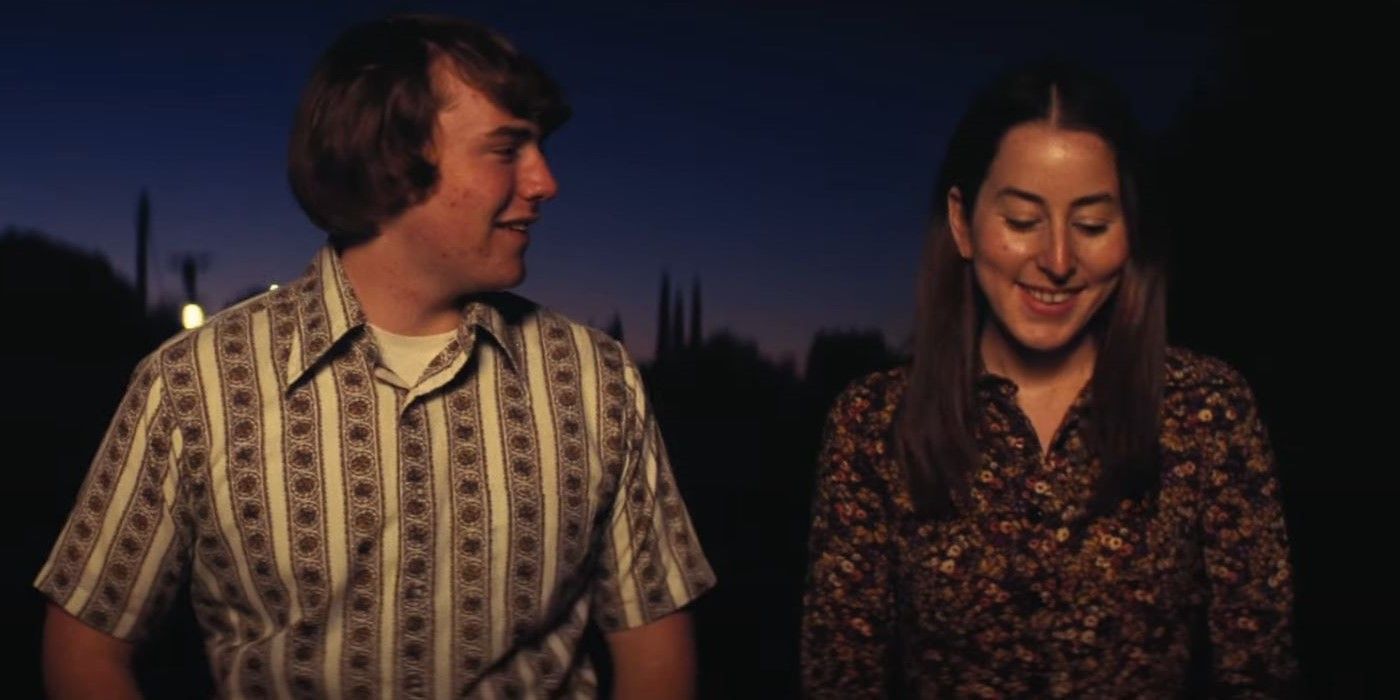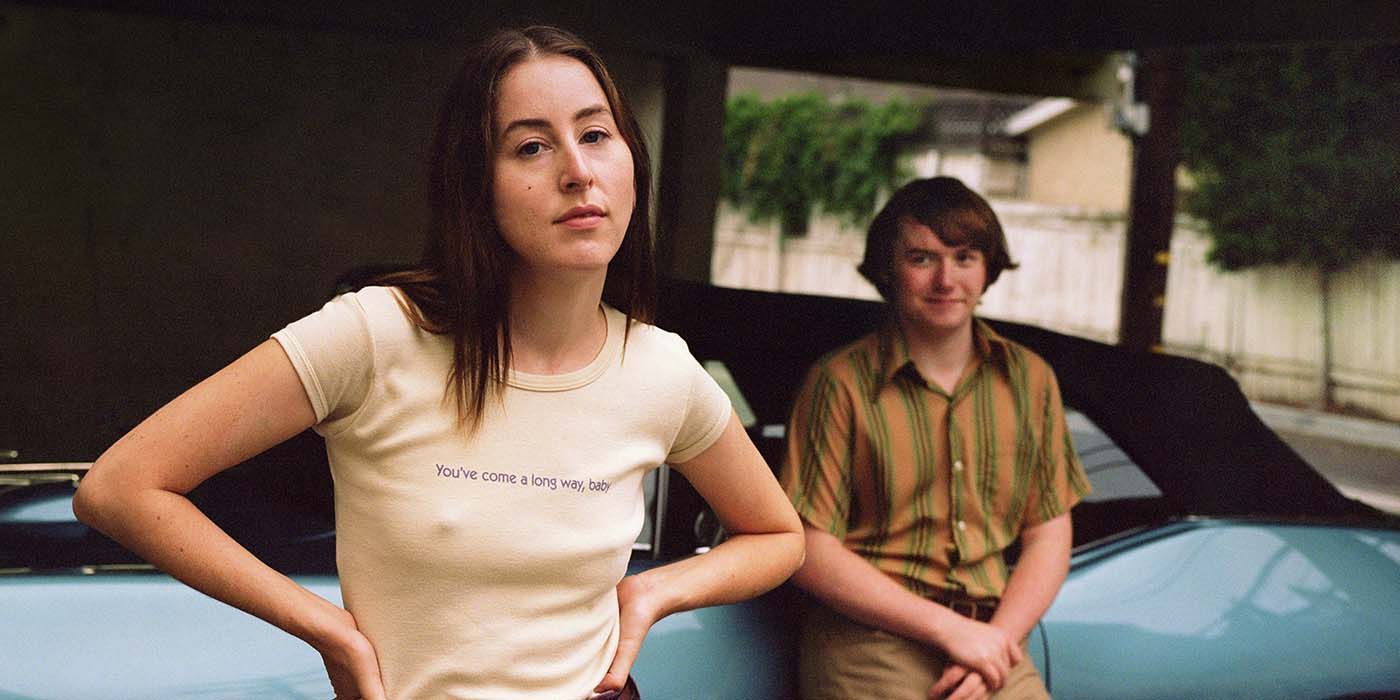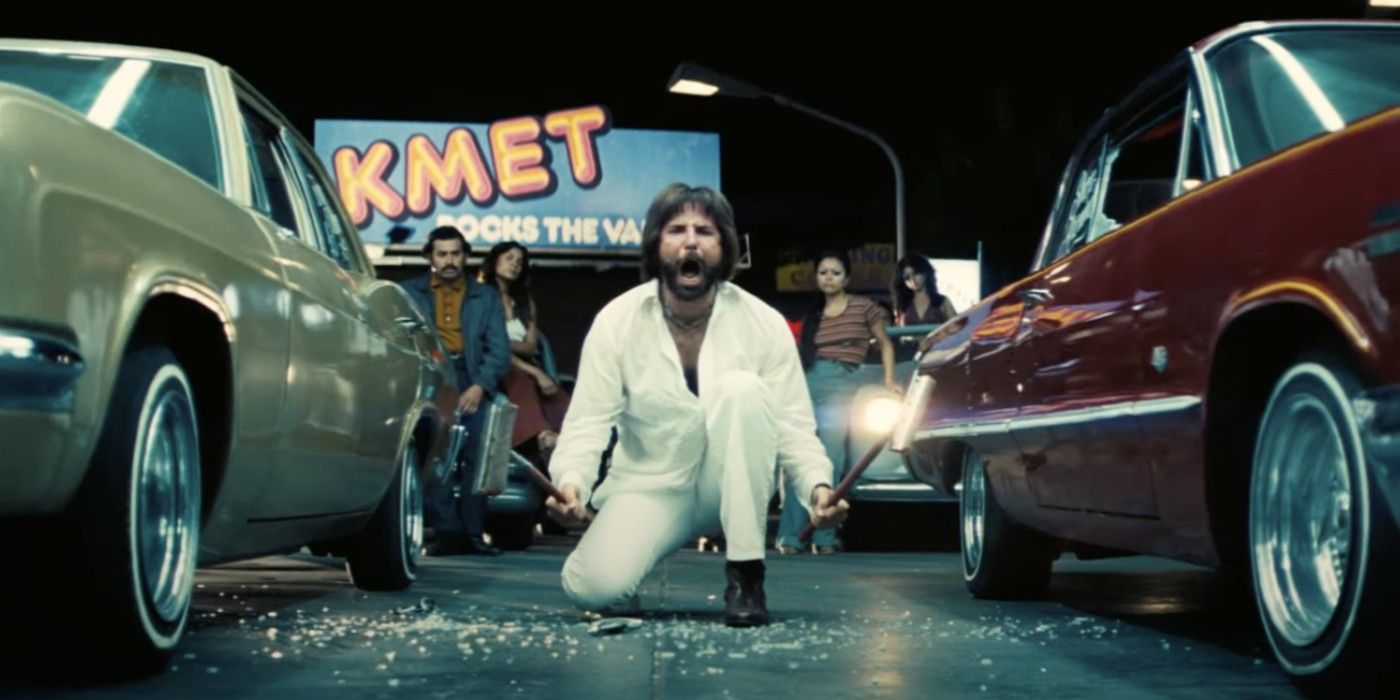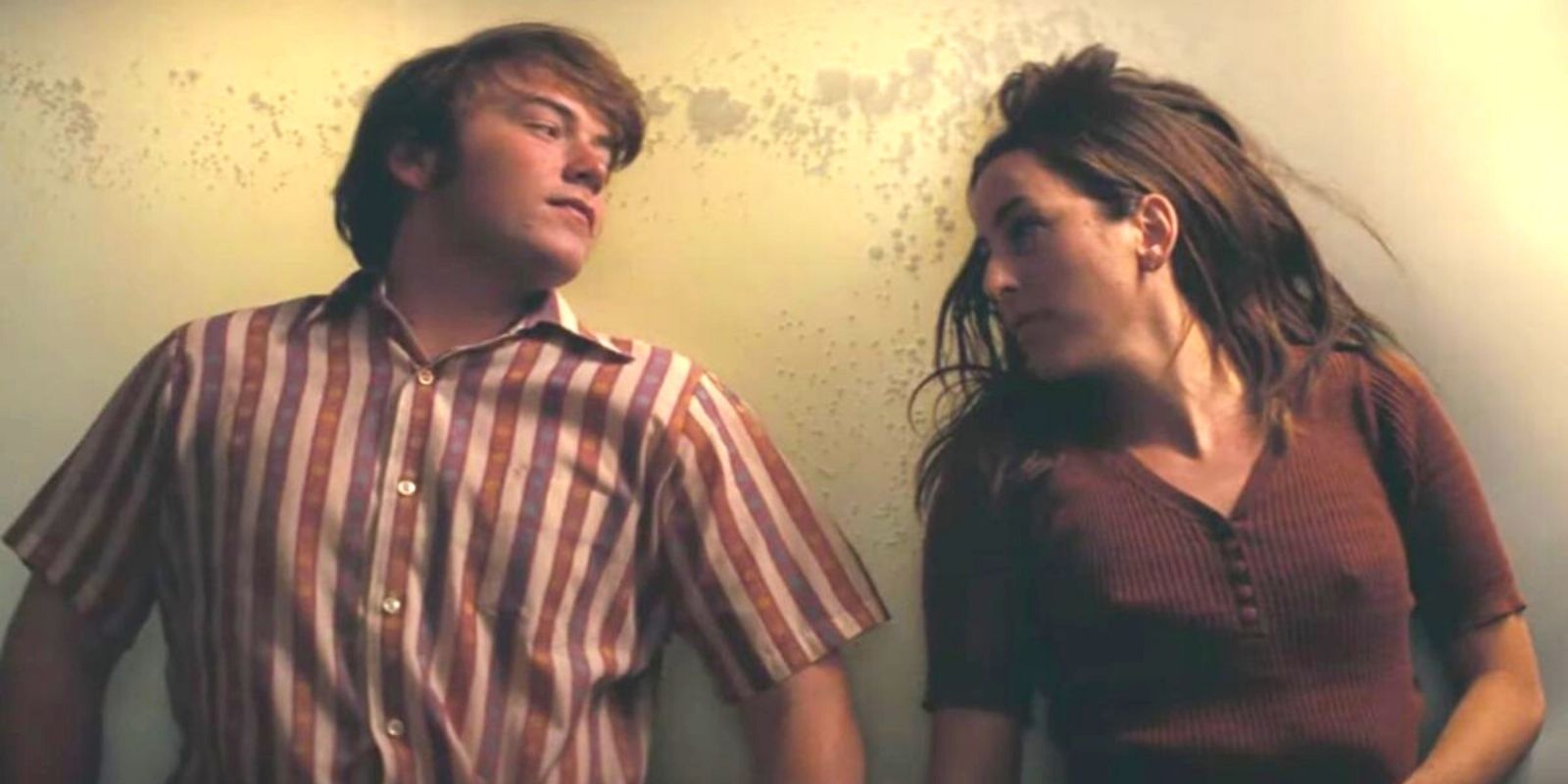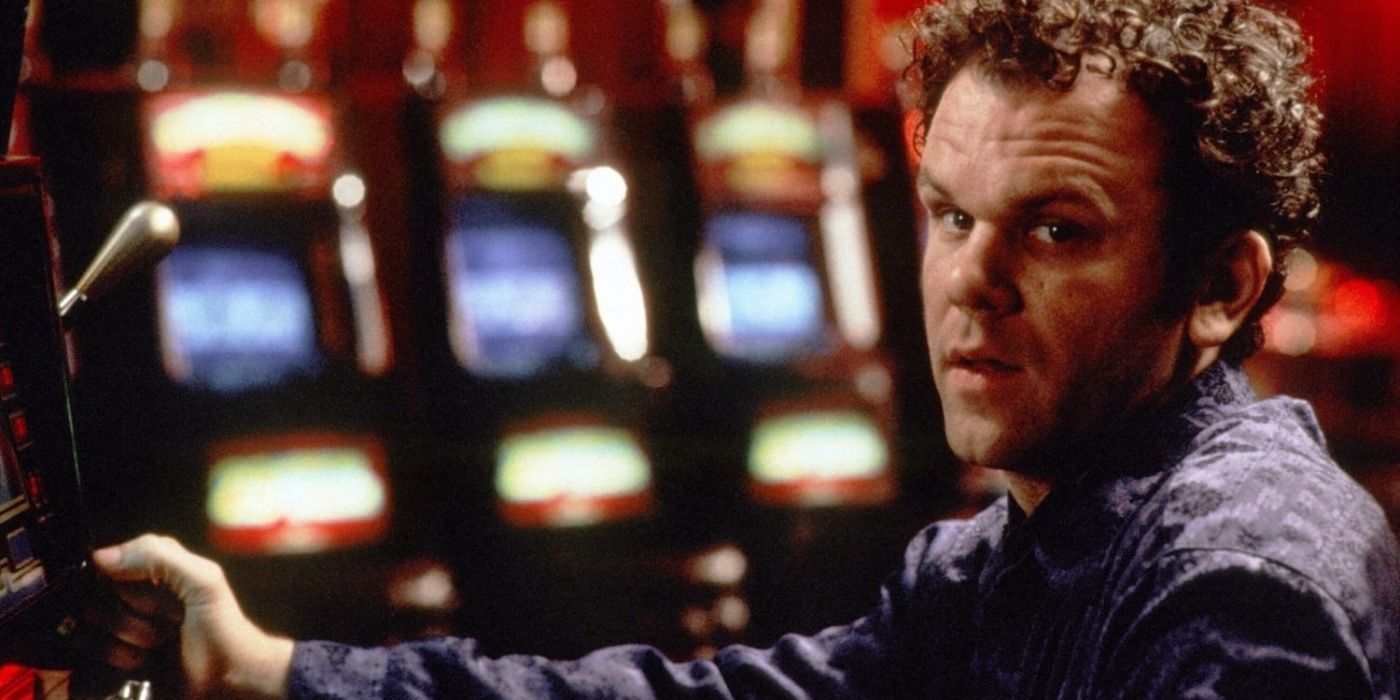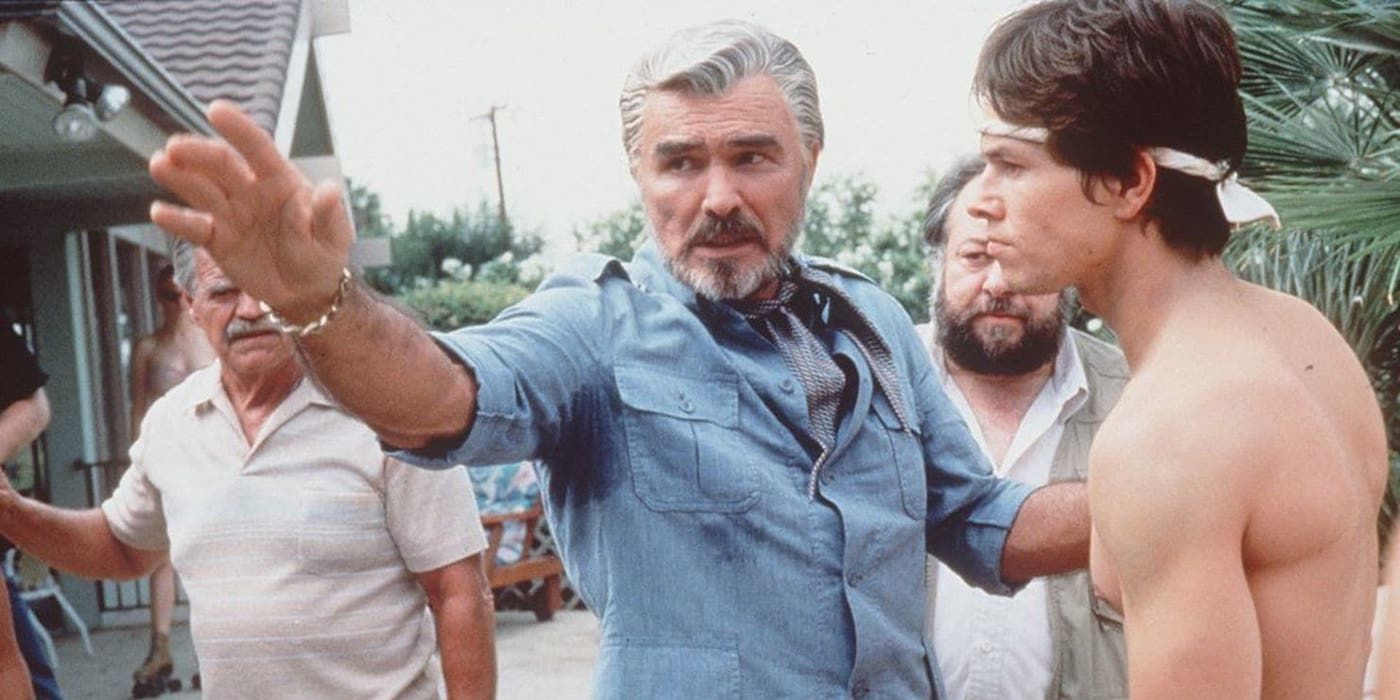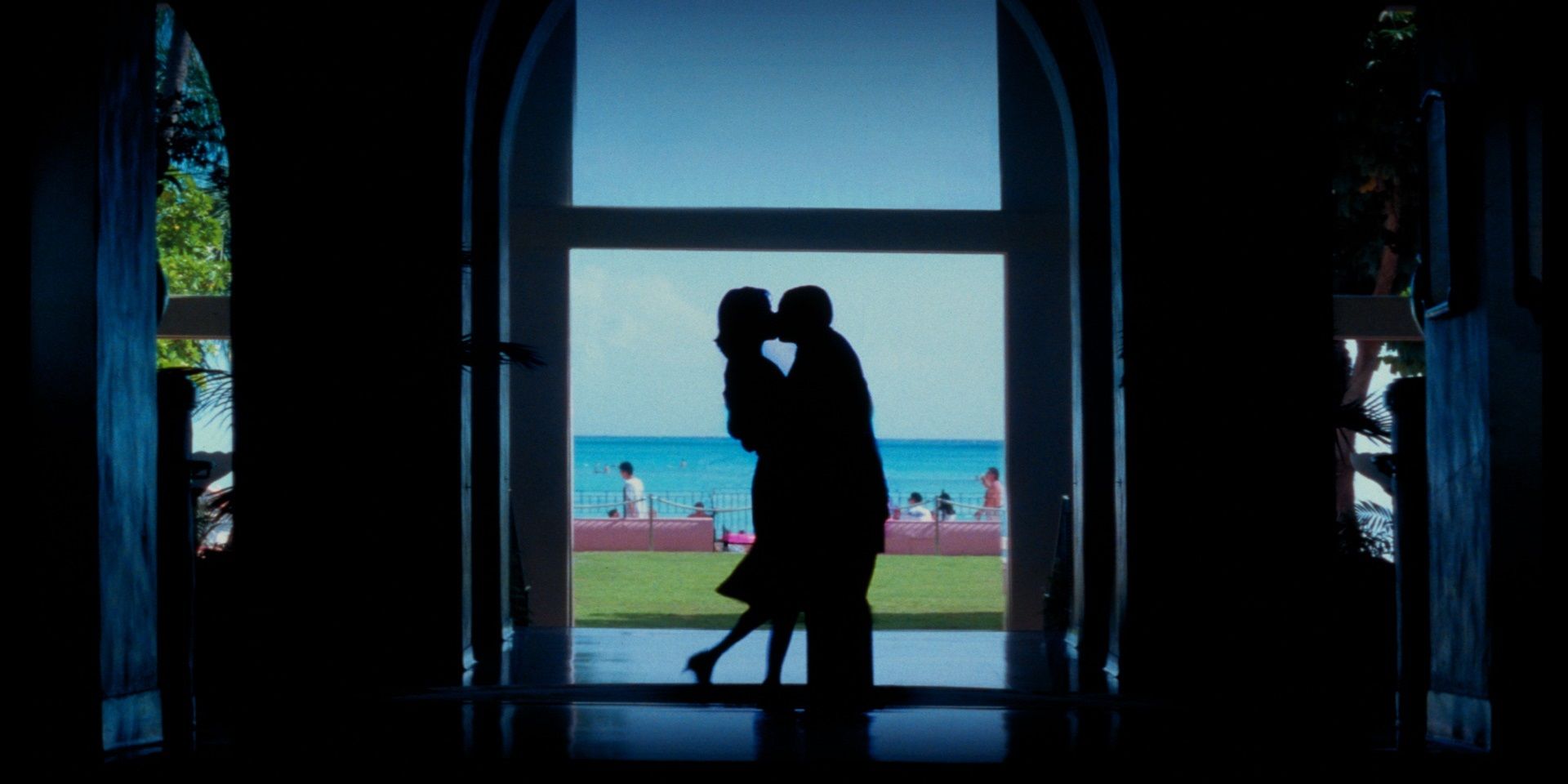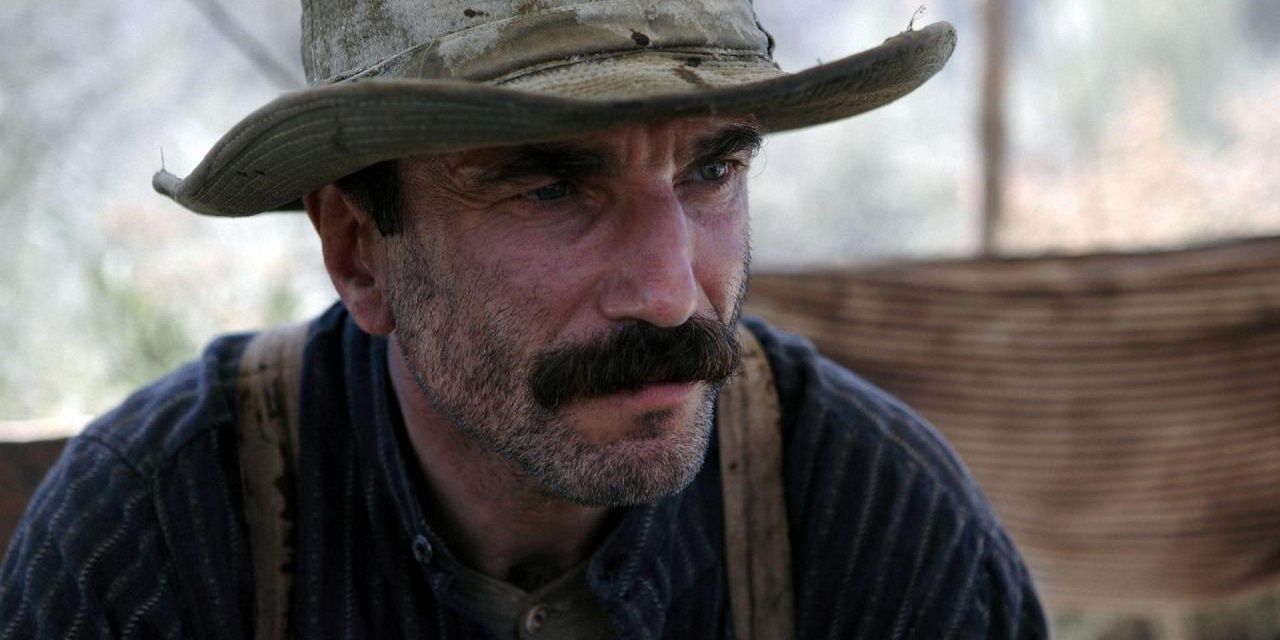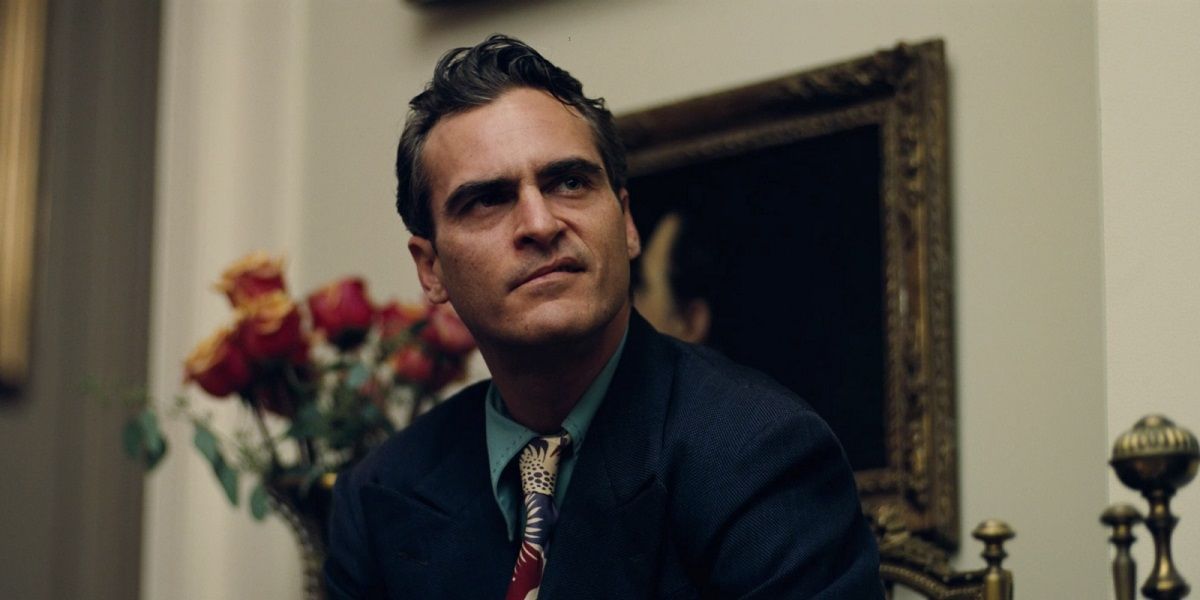Paul Thomas Anderson has been one of the world’s most revered filmmakers since Boogie Nights put him on the map in the late ‘90s. The director has since helmed such acclaimed films as Punch-Drunk Love, There Will Be Blood, and The Master, and the evolution of his style can be charted from movie to movie.
Anderson’s latest feature, Licorice Pizza, was recently released to his usual widespread critical acclaim. Licorice Pizza may have even set a new benchmark for Anderson’s career, although it faces stiff competition from some of his previous movies.
Licorice Pizza Is The Best
It Feels Like Anderson’s Most Personal Film
All of Anderson’s movies feel deeply personal on some level, but Licorice Pizza feels particularly personal – not only because it was inspired by people that the director knows personally (and Alana Haim’s real-life sisters and parents appear as her character’s family); the film is an authentic snapshot of Anderson’s hometown and the era in which he grew up.
Boogie Nights is also set in the San Fernando Valley in the 1970s, but it focuses on the adult film industry. Licorice Pizza captures the era from a naive teenager’s perspective.
Alana Haim And Cooper Hoffman Are Perfectly Matched
The key to a romantic movie is the chemistry between the lead actors. Despite the fact that neither of them had ever acted before, Licorice Pizza’s lead duo of Alana Haim and Cooper Hoffman are perfectly matched. They give fantastic individual performances as Alana and Gary, but they’re particularly lively when the two characters appear on-screen together.
In the roles of an overconfident, starry-eyed 15-year-old actor and a cynical twentysomething photographer’s assistant struggling to find her place in the world, Hoffman and Haim share a magical, indescribable energy that makes the unconventional romantic dynamic work surprisingly well.
The Loose Story Structure Reflects Life
Anderson’s Licorice Pizza script has an episodic structure that moves from one vignette to the next. The story is driven by the characters’ relationship and how their emotions are evolving, not a traditional three-act plot.
The loose feel of this episodic plotting beautifully reflects the looseness of life. Instead of playing like a conventional movie, Licorice Pizza plays like a crystal-clear memory.
The Cast Is Full Of Scene-Stealing Supporting Players
Some of Anderson’s early works were ensemble pieces, so he’s well-versed in creating memorable minor characters. While Gary and Alana anchor Licorice Pizza, there are plenty of scene-stealing supporting players along the way.
There are some characters played by A-list stars who only appear in a couple of scenes but leave a lasting impression, like Bradley Cooper as Jon Peters and Sean Penn as the William Holden-inspired Jack Holden.
It Has Anderson’s Grooviest Soundtrack
When it comes to soundtracking his movies, Anderson usually either licenses pop hits for Scorsese-esque needle-drop moments (as seen in Boogie Nights) or recruits Radiohead’s Jonny Greenwood to compose an original score (as seen in There Will Be Blood). But Licorice Pizza has both.
Anderson uses both iconic tracks by legends like David Bowie and Paul McCartney and undiscovered gems by lesser-known artists like Clarence Carter and Gordon Lightfoot. Plus, Greenwood contributed a beautiful title track.
Alternatives
Hard Eight (1996)
Much like his contemporaries Quentin Tarantino and Kevin Smith, Anderson’s directorial debut still holds up as one of his finest movies. Hard Eight is an intimate portrait of a gambler whose plot takes some wildly unexpected turns.
The movie established Anderson’s working relationships with a few actors who would become regular collaborators, like Philip Baker Hall and John C. Reilly.
Boogie Nights (1997)
Licorice Pizza isn’t Anderson’s first movie set in L.A.’s San Fernando Valley in the 1970s. The director’s 1997 breakout hit, Boogie Nights, is set in the same place and time, but tackles it from a very different angle with a very different stylistic approach.
With the manic, fast-paced style of Martin Scorsese’s Goodfellas, Boogie Nights chronicles the lives of a few adult film stars during the “Golden Age of Porn.”
Punch-Drunk Love (2002)
After juggling a sprawling ensemble cast within the epic scope of Magnolia, Anderson scaled back with his next movie, Punch-Drunk Love, a romantic dramedy starring Adam Sandler as a novelty salesman with emotional issues and Emily Watson as the woman he falls in love with.
This movie introduced audiences to a whole new side of Sandler, proving he could handle Oscar-caliber dramatic acting. It’s a subversive, unconventional love story that’s still just as sweet and uplifting as the most clichéd of romcoms.
There Will Be Blood (2007)
As sharp a cinematic portrait of the dark side of the American Dream as The Godfather, There Will Be Blood is a quintessential saga of greed and the corrupting power of money starring an Oscar-winning Daniel Day-Lewis as oil tycoon Daniel Plainview.
Anderson uses black, goopy oil as a powerful visual symbol of the corruption of Daniel’s soul. As his wealth increases, his humanity fades away.
The Master (2012)
After receiving the best reviews of his career for There Will Be Blood, Anderson followed it up with the equally epic, equally powerful (and equally acclaimed) The Master, a thinly veiled critique of the Church of Scientology.
The story is anchored by a twisted father-son dynamic: Joaquin Phoenix plays Freddie Quell, an aimless World War II veteran struggling to find his place in post-war society, while Philip Seymour Hoffman plays Lancaster Dodd, a manipulative cult leader looking for vulnerable people like Freddie to recruit as followers.

